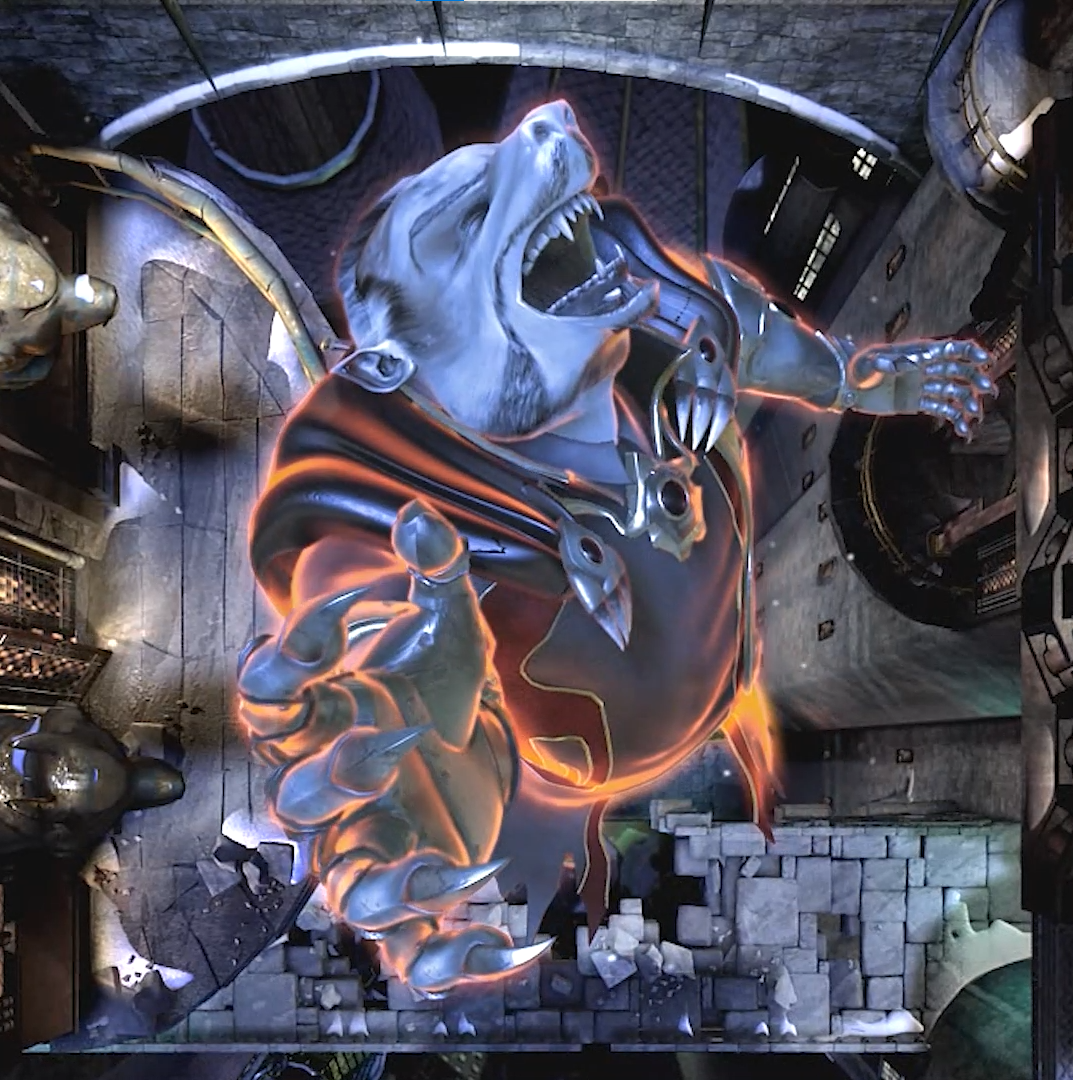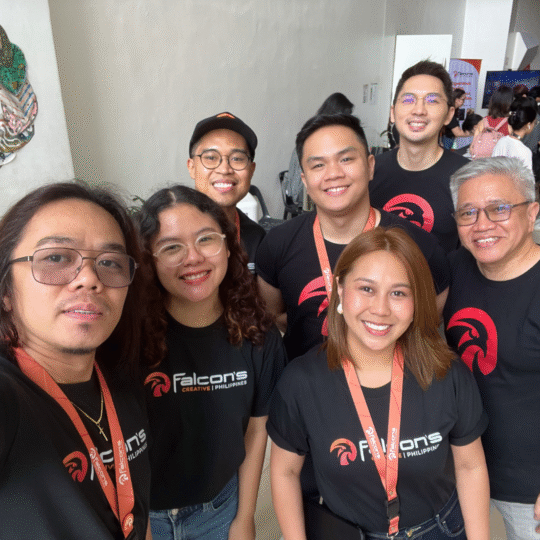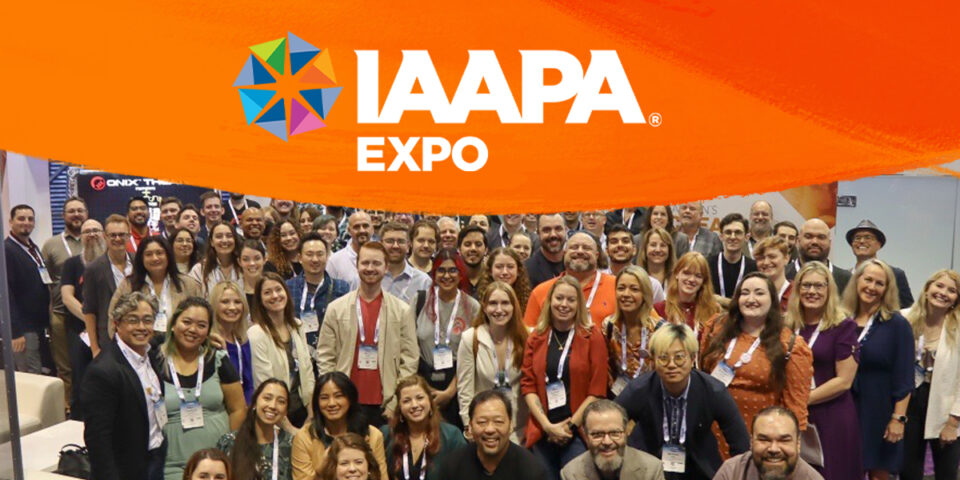The Curse of DarKastle: The Making of
Over the last fifty years, a race for the latest and greatest technology has driven the themed entertainment industry. Developments in aspects like ride vehicles, media, and animated figures have furthered immersion, enhanced storytelling capabilities, and enabled escape.
But with the rising costs of these advancements, the question arose — how could regional parks compete?
Falcon’s Creative Group strove to answer that question with Curse of DarKastle.

Closed in 2018, Curse of DarKastle was this magnificent and immersive hybrid dark ride with roving motion simulators that took you into the chaotic world of the cursed King Ludwig. In a pulse-pounding adventure, guests dared to confront evil suits of armor, brave encounters with a beast, and barely escape through a chimney with their lives, all in the hauntingly beautiful setting of a Bavarian castle.
Over its 13-year run, Curse of DarKastle earned numerous recognitions, including a Thea for Outstanding Achievement, Theme Park Insider’s Best New Attraction Award, a nomination by the Visual Effects Society, endorsement as one of the top 25 dark rides in the world from the LA Times, and even a TripAdvisor Certificate of Excellence.
On top of those credits, Curse of DarKastle held the distinct honor of not only being finished on time but on budget, a feat relatively unheard of as many of us in the themed entertainment industry know. But I think much of the success of Curse of DarKastle came from exceeding the expectations, not only of regional parks, but of themed entertainment at the time. The technological breakthroughs we achieved revolutionized the industry, but let’s start at the beginning.
Around the turn of the century, there was a really strong push among theme parks for technological developments in immersive storytelling. For instance, 1999 saw The Amazing Adventures of Spider-Man open at Universal Studios Orlando. The attraction was a huge technological achievement — one of the first of its kind to combine 3D media with movement and effects practical and visual.


After that, everyone wanted a roving motion simulator. So when Busch Gardens Williamsburg looked to replace Germany’s Wild Maus with an all-new story-driven attraction, they turned to Oceaneering Entertainment Systems (OES). At the time, OES had just developed a hybrid dark ride-roving motion simulator. The advancement presented affordable solutions to the elite effects parks were after, but of course, the ride system is only part of the equation. What would really make this ride a success was the marriage of story to the medium. And that’s where we came in.
Oceaneering Entertainment Systems sought us out really looking for, not only storytellers, but a vendor who would consider park, ride, and story demands and then deliver. And thus, began Curse of DarKastle, this soon-to-be award-winning attraction, that was then just an idea. The team that worked on Curse of DarKastle, or The ENFO Alliance, as we called ourselves, was made up of Electrosonic, in charge of audio visual; Nassal, who were responsible for scenic; the team here at Falcon’s Creative; and Oceaneering Entertainment Systems.
Curse of DarKastle really put us on the map. For pop culture theme parks, creative development occurred largely in-house. But here we were, at the heart of an endeavor to accomplish a 4D dark ride in a regional park.

Going in, we knew we’d need to find a way to stretch the budget over the ride system, physical sets, lighting, media, audio — everything you think about on your favorite theme park attractions, and maybe some things you don’t even notice. Right from kick-off, this meant carefully weighing which elements would do the most for story. But the question remained, how would we determine that?
To create something not only truly immersive but competitive in the themed entertainment world, we built the story — and the whole attraction really — around the guest experience. What did we want them to feel? How did we want them to experience it? Every element contributed to that arc: the ride movement and speed, the environments, the score. It was not only a template for the story but a blueprint for a unified experience, communicating intention across design. So when we rode it and we felt those things, we’d know we’d succeeded.
As a service provider in charge of story with the resources we had, we needed to utilize every tool at our disposal. We found ourselves spending time and energy on elements that might not even cross most people’s minds, those elements you only know you’ve done right when you don’t notice them – like sound mixing and scene transitions. For example, between scenes, we’d pull back on percussion to avoid competing rhythms in the transition from one room to another.

Another of our breakthroughs involved blending scenic and animation. In order to make the media feel as real as the physical sets, we utilized technology to adjust media orientation based on the location of the ride vehicle. Successes like synchronized sightlines erase the seams of reality and realm and really polish an experience.
Because by wrapping you in the world, we foster the best possible environment for the achievement of the emotional arc. Only when anchored in the moment do you truly have the right conditions for joy, thrill, fear, exhilaration, and all those emotions you want from a themed experience.
I won’t share too many more of our secrets, but I think the final product truly speaks to just how much those elements add.
And witnessing the delight Curse of DarKastle brought guests that first day – I’ll never forget it.
Keep an eye out for the many more achievements and award-winning attractions ahead of us. While Curse of DarKastle may have closed to the public, here at Falcon’s Creative Group and now Falcon’s Beyond, we’re just getting started.

Cecil Magpuri
Chief Executive Officer







